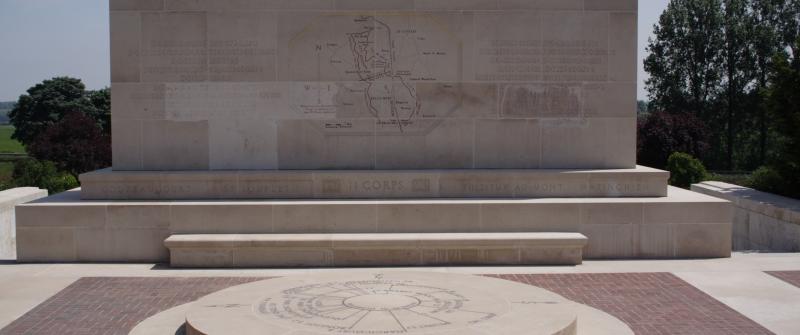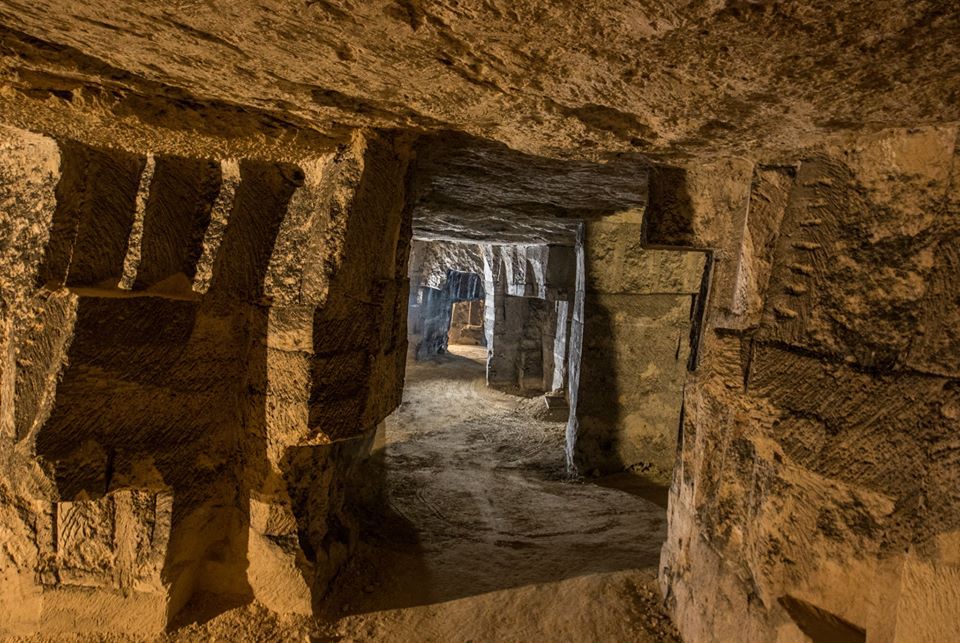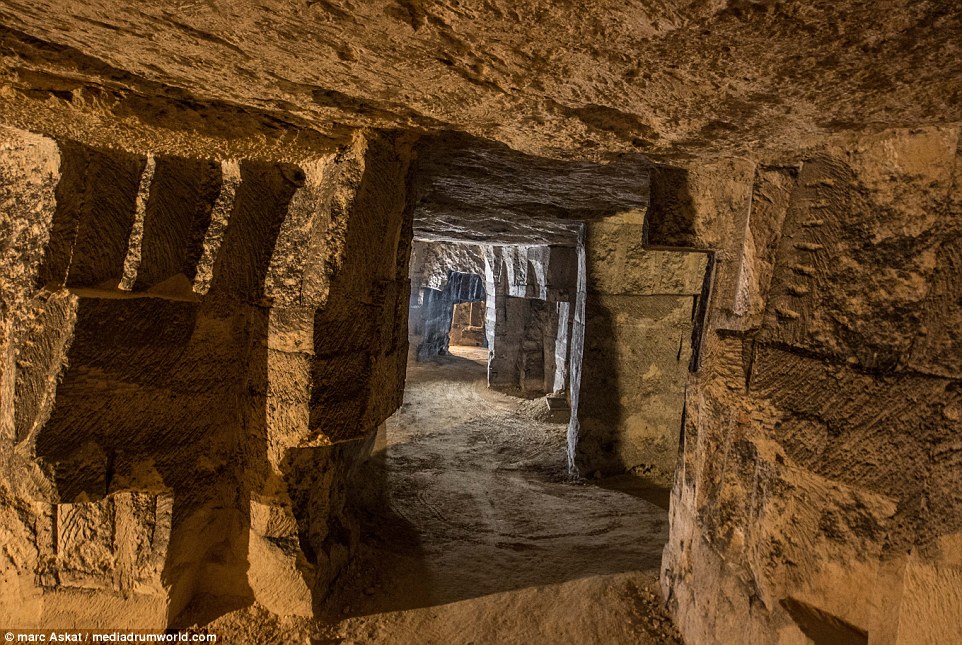While I continue working on the novel The Crowning Battle of the Great War: Bellicourt Tunnel(the title taken from Sir Arthur Conan Doyle’s personal account of the battle, at which he was present) I thought it might be good to show the monument that commemorates the fight. These are official photographs from the government website. Sadly, there are pictures of the map engraved on the floor or foot of the monument, but the picture did not do a good job of photographing it. It marks on a compass the direction and location of key sites in the day’s battle. The map in the first illustration is inscribed on the back of the monument.

The monument is on top of a berm the Germans built using the dirt they dug when making the trenches that stood atop the three-mile wide tunnel.


The monument itself is rather small. There is a bit of a grassy area in front of it, and a driveway with parking for a few cars. When I was there in 2015, I was the only visitor. The same was true when I visited the graveyard for Americans killed in the battle. Only a few more graves than a thousand. This has to do with, I think, with the relative obscurity of the battle. So why am I writing about it? There was a multitude of battles that were relatively obscure, with little written about them. So it was with Mons, about which I’ve already written. And Le Cateau, which is also part of the Angel of Mons novel. Traveling through the region of the Somme, I saw many places where heroism and gallantry met with trickery and guile. Each one has its book or two, and is compelling. Of course, the big fights—the Meuse-Argonne, Ypres (three times fought over), the Marne, twice, and many others stand out. But writing tends to bring the obscure, the seemingly insignificant, to light.
I plan to return to the battlefield to commemorate its centenary on September 29, 2018. On Armistice Day, November 11, 2018, I will be in Mons when that momentous event is commemorated. Mons is justly known by the appellation “The First and the Last” because the first British solider was killed there, as was the last soldier representing the British Empire—one of war’s many oddities, if not ironies.





